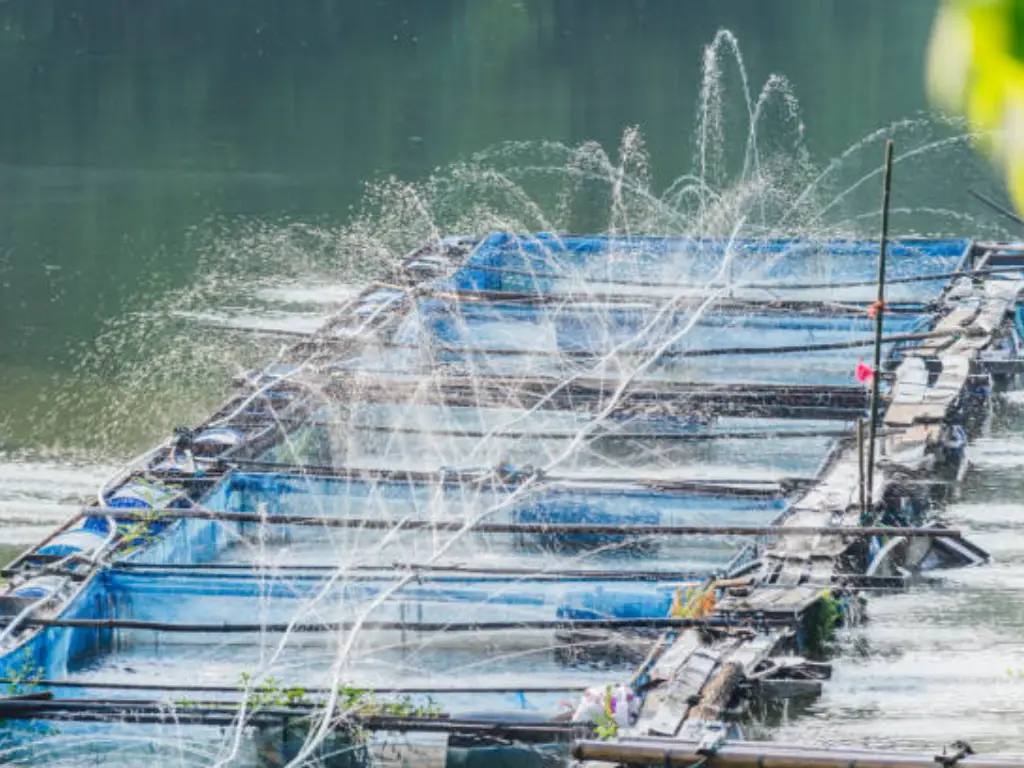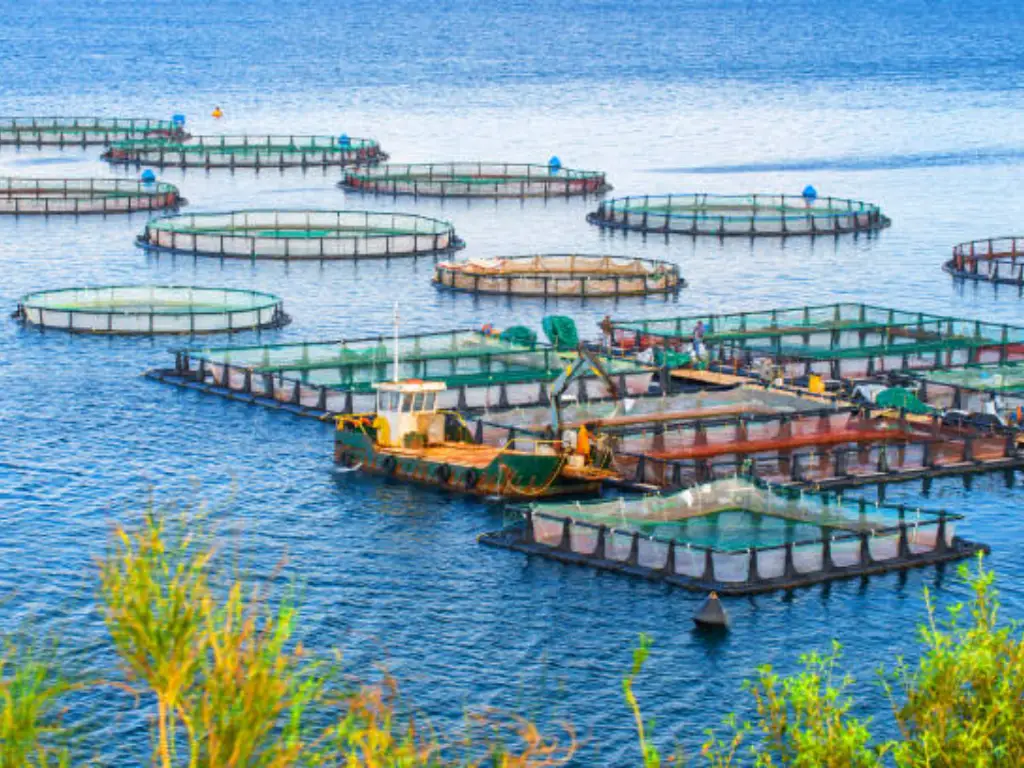Preface
Constructing a floating dock is a good project for a novice or an experienced do-it-yourselfer who is looking for a new challenge. This blog will cover all the steps one needs to follow and give you all the information and materials you need to construct a floating dock that suits your needs.
What is a Floating Dock?
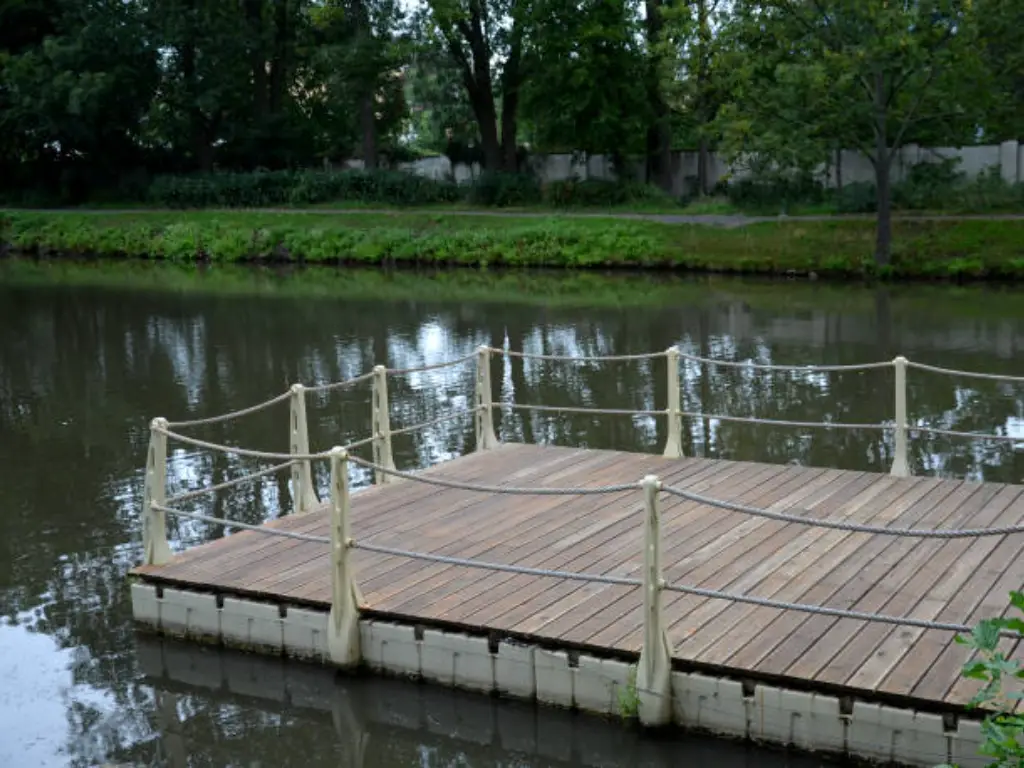
A floating dock is a platform that is placed on the water and is used for swimming, fishing, or for mooring boats. Floating docks are the best for areas that experience changes in water levels because they can be raised or lowered as required. They are made up of several floating platforms and are usually supported by plastic barrels or special buoys and can be designed to accommodate any shape and size.
Floating docks are widely used in various fields like docking yachts, sailboats and small boats and also in the field of water recreation like boating, kayaking, fishing and swimming.
What are Advantages of Using a Floating Dock?
Firstly, their ability to adjust to varying water levels means that you will always be able to access the dock no matter the season or weather.
Another notable benefit is the simplicity of installation and maintenance. Floating docks are also easy to assemble and deploy and do not require heavy equipment and extensive groundwork like fixed docks. This makes them a good DIY project as they can be made using basic tools and materials. Additionally, floating docks are not permanent structures and can be easily moved or reconfigured if one relocates to a new place.
The Process of DIY Floating Dock
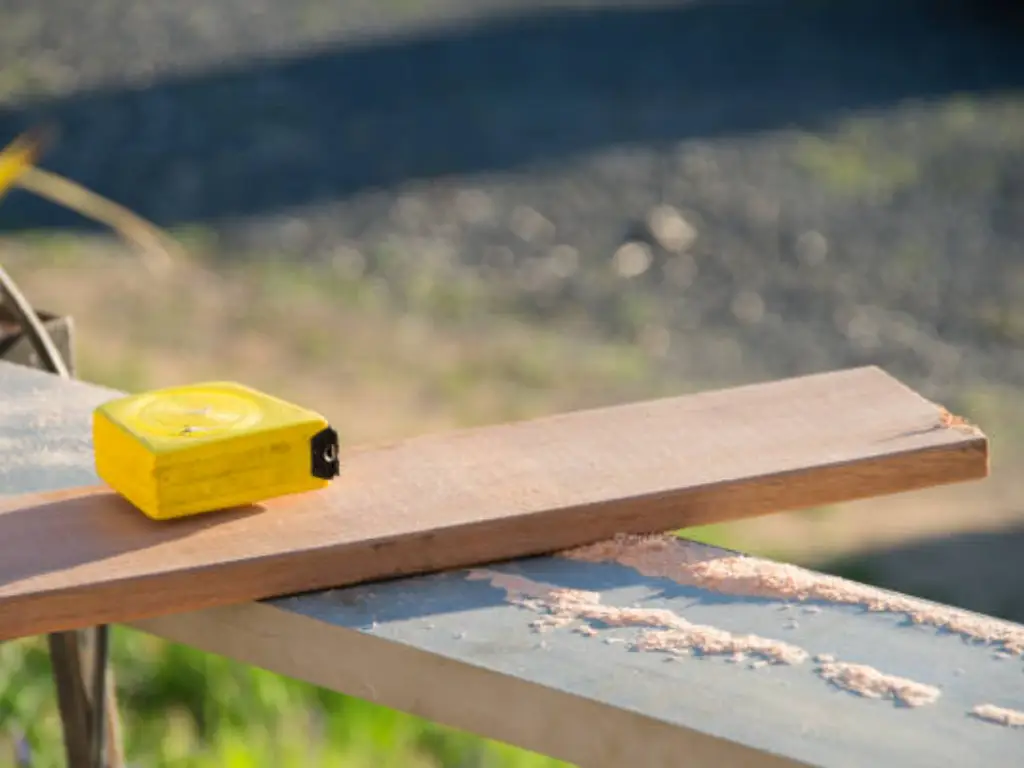
Preparation Phase
Preparation phase often includes planing and design,site selection,gathering materials and tools, select construction materials.
Planning and Design
The first step in the construction of a floating dock is the planning and design. Determine the size and shape of your dock depending on the intended use and the area you have available at your location. It is also necessary to define the design and the number of floating sections, the location of walkways, and the general configuration. This planning stage is very important because it will help in having a well-defined plan.
Site Selection
Another important factor that should be considered is the place where you are going to install the floating dock. Select an area close to the water and free of rocks and logs under the water. You should also establish whether the water is deep enough for the dock and the activities you want to conduct. It is also important to think about the tides and currents that may affect the stability of your dock.
Gathering Materials and Tools
It is important to gather all the required materials and equipment for construction before beginning the job. The typical materials for floating docks include treated lumber for the frame and structural support which is resistant to rot and insect damage; plastic barrels or buoys which provide the buoyancy to float the dock and are usually placed under the frame to balance the weight; and decking materials such as treated wood, composite decking or marine grade plywood which are chosen for their durability in terms of moisture and UV resistance.
Select Construction Materials
Screws are required for framing the structure and for attaching the decking and it is recommended to use stainless steel or galvanized screws for their rust resistance. Corrosion inhibitors are applied on the metal components of the dock to prevent corrosion and increase the life of the dock. Other accessories that can be used to enhance the performance and safety of the dock include cleats, bumpers, and anchors.
Manufacturing Phase
Manufacturing phase includes frame construction, installing buoys,decking installation,reinforcements,add additional features,corrsion prevention.
Frame Construction
Frame construction is one of the most important aspects of floating dock construction. Build a frame from treated wood that will provide a base for the decking and any other structures that will be attached. It is also important to ensure that the joints are screwed and braced properly to avoid the wobbling.
Installing Buoys
Take the plastic barrels or the special buoys under the frame. These will make your dock strong and will float. Make sure that the buoys are placed at equal distances and they are tied in a way that they do not fall.
Decking Installation
The decking can be installed after the frame and the buoys are already set. Choose materials that do not get easily affected by weather such as composite decking or treated lumber. Use screws to fix the decking to the frame to ensure that it does not move or shift.
Reinforcements
Reinforce the corners and joints of the dock with additional supports to increase its stability. The metal brackets can be welded to increase the strength of the structure especially where there are high chances of heavy loads or stress being exerted. This is one of the most important stages in the process of making your floating dock last longer and be safe to use.
Add Additional Features
There are also other features that can be added to your floating dock to enhance its functionality. Some of the common accessories include cleats which are used to secure the boats to the dock, bumpers which are used to protect the dock from the boats and a dock ramp which is used to ease the movement from the shore to the dock. The dock can be changed according to your preferences and requirements.
Corrosion Prevention
Use corrosion inhibiting compound on all metal parts of the dock to avoid corrosion. This will help to increase the life of the dock and also make it safe to use for many years.
Inspection and Maintenance Phase
Check every part of your floating dock for any signs of deterioration. It is also important to consider the buoyancy of the flotation devices because any leakage or puncture will affect the stability of the dock. The buoyancy and stability of the dock should also be tested by walking on the dock and observing for any unusual movement or tilting of the dock.
The floating dock needs to be maintained to keep it in good working order. This involves the cleaning of the decking to prevent the growth of mold and algae, tightening of loose screws and re-coating of the decking with anti-corrosion treatments. Routine cleaning and maintenance will ensure that your dock remains in good shape and continues to serve you.
Factors Consideration for DIY Floating Docks
| Factor | Details |
| Materials | Use treated lumber and high-quality plastic barrels for flotation, as they are water-resistant and durable. |
| Water Depth | Ensure the water is deep enough to support the dock without it touching the bottom. |
| Water Salinity | Consider the salinity of the water, as salt can accelerate corrosion of some materials. |
| Site Selection | Choose a site that is free from obstacles and has minimal tidal impact to ensure stability. |
| Maintenance | Regularly clean, inspect, and repair the dock to extend its lifespan. |
| Cost | Plan for the cost of materials, tools, and any additional features. |
| Weight Capacity | Ensure the dock can float the intended weight. |
| Permits | Consult local regulations to obtain the necessary permits for building and using the floating dock. |
DIY Floating Docks vs. Floating Dock Kits
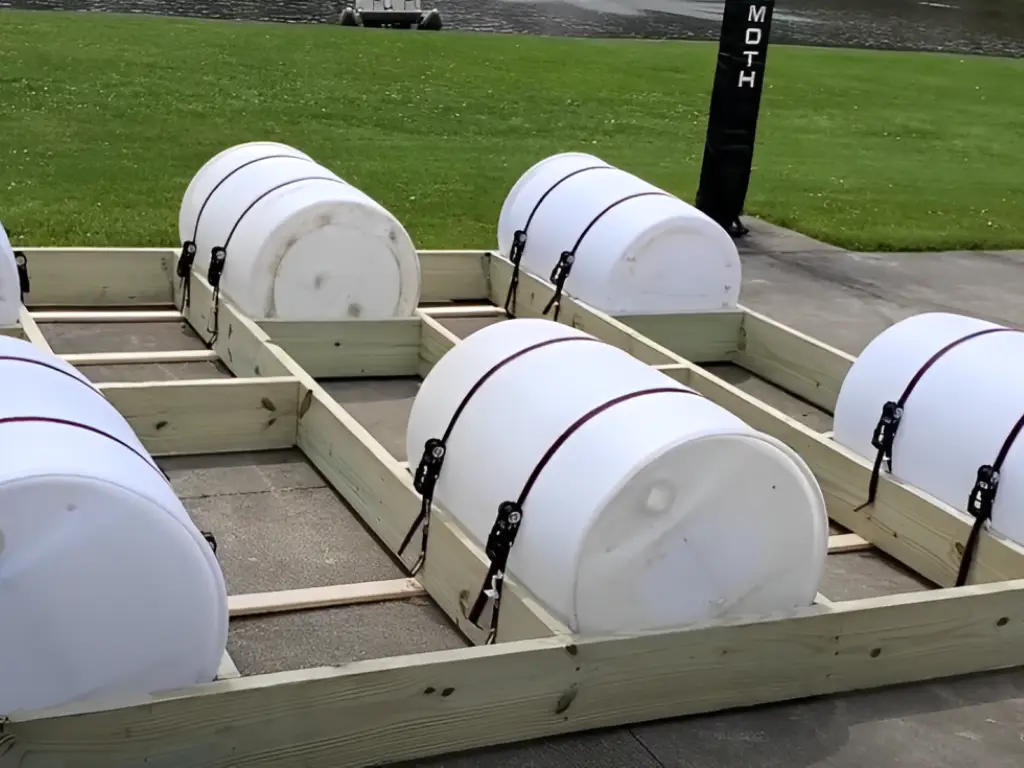
The main benefits of a DIY floating dock are the freedom to choose a design that meets your requirements and the possibility of saving money by using materials that are within your budget. Constructing your own dock also provides a great sense of achievement. But this approach takes a lot of time and effort and also has a certain level of skill in construction and woodworking. Errors are possible which could lead to the dock’s safety and durability if not corrected.
On the other hand, pre-made floating dock kits are time-efficient and convenient since they are professionally designed and come with all the required parts and instructions. This makes the assembly process much easier and faster. Some of these kits come with warranties that offer the buyer a sense of assurance about the product’s lifespan and quality. The disadvantages are the higher initial price and the lack of flexibility in terms of customization. Moreover, the shipping costs can also add to the total cost, and pre-made kits are a more expensive but faster and easier option.
Conclusion
Building a floating dock is a good do-it-yourself project that can be used to address your needs. If you are careful to plan well, use quality materials, and maintain your dock well, you can have a dock that will last for many years. But it is important to note that a DIY project is a rather time consuming and labor intensive process that demands certain skills and precision. Pre-made kits are easy and quick to assemble, professionally designed, come with a warranty, and are more attractive to those who do not want to spend time and energy in manufacturing a floating dock.
FAQs
What is the legal regulation and permit for floating docks?
Permit and legal requirements for floating docks may be different depending on the location. You should always consult the local authorities or a waterfront management office to find out the local rules and regulations. A permit may be needed for construction and there may be limitations on the size and location of the dock.
What are the most suitable materials for constructing a floating dock?
The most suitable materials for constructing a floating dock include treated timber for the structure, plastic drums or floatation buoys and composite decking for the deck. These materials are durable, water resistant, and strong enough to support the structure of the dock and its intended use.


